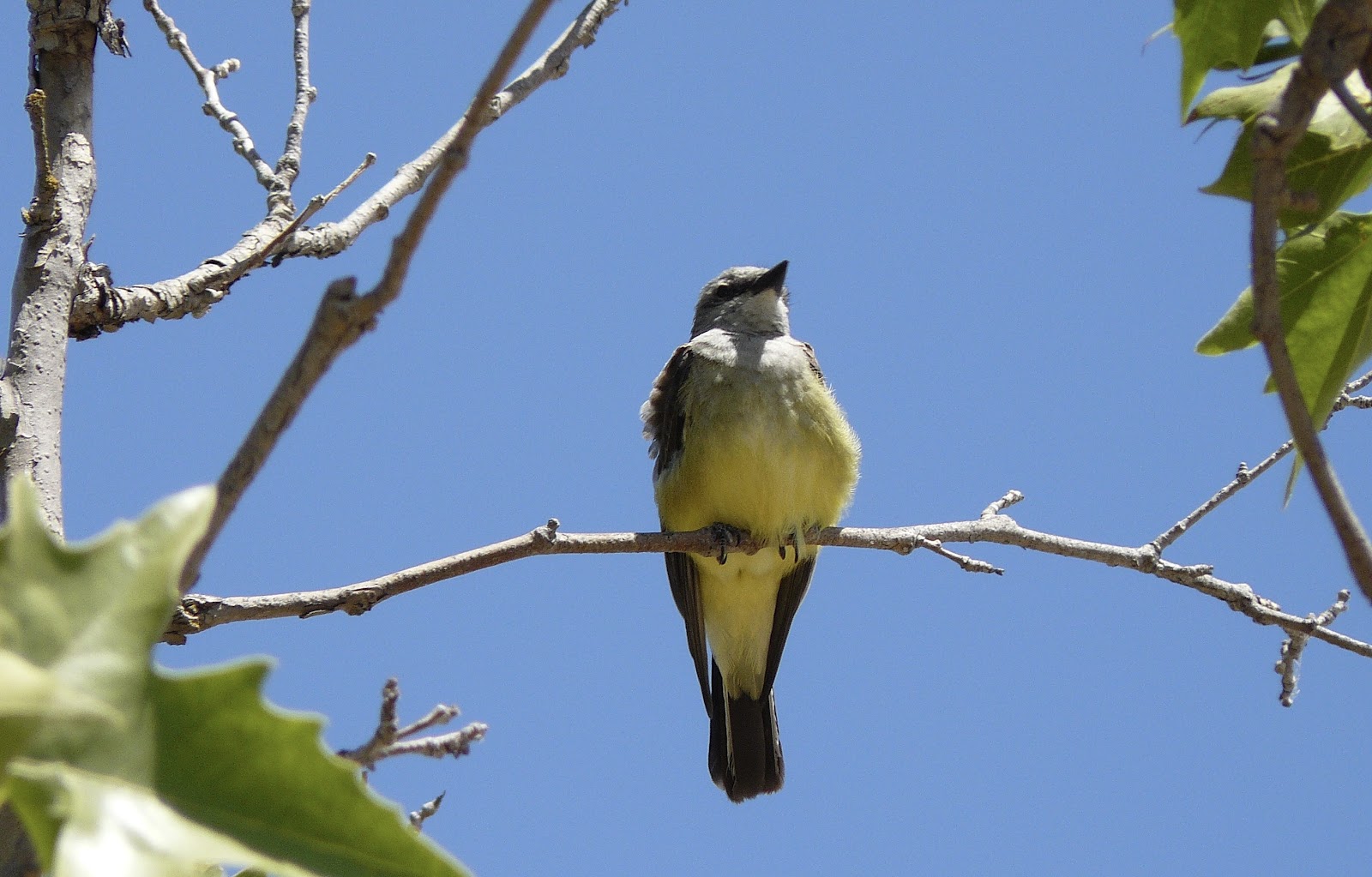Cal Poly - Sunday Morning before a greatly anticipated rain storm - Thanks to a friend who had given me a detailed map, I finally found the swine ponds. Coots were feeding in the thick slim that had coagulated around the edge of the pond. There was an odor, but it was not bad. A lone male Mallard was perched at the end of a pipe that drains fluids from the pens. For several weeks a Common Gallinule aka Common Moorhen had been seen at this location. I figured I had a 50/50 chance of seeing it, and the chances were iffy, as Moorhens have a tendency to be secretive. I would either see it or I would not see it.
Moorhens have a rather vivid red head shield and a pointy bill tip that reminds me of candy corn. I walked along the edge of the berm, eventually finding a good view of the reeds. A few drops had begun to fall when the infrequent visitor emerged from the reeds giving me a brief but splendid view. Yeah! The Common Moorhen is a member of the rail family. It is found in aquatic environment's, often nesting in reeds. The female lays from 2-12 eggs; both parents incubate the eggs. A group of Moorhens is known as a, "plump."The other pond was low on water. There were a few Coots and Mallards and a pair of Killdeer. Red-winged Blackbirds cheerfully sang from a nearby willow. Overhead Turkey Vulture soared.
Last sighting for the day was a motionless Cal Poly bovine. There are two types of cows,* "Zebu," humped cows from Eastern Asia and cows without humps, from Western Eurasia. Perhaps the bovine of the day was related to the Zebu as it had a fatty hump and a "dewlap," the flesh that hangs below the neck.In the same paddock another Zebu like bovine. I am becoming quite fond of cows.
* Definition of "Cow." - a domestic bovine animal regardless of sex or age










